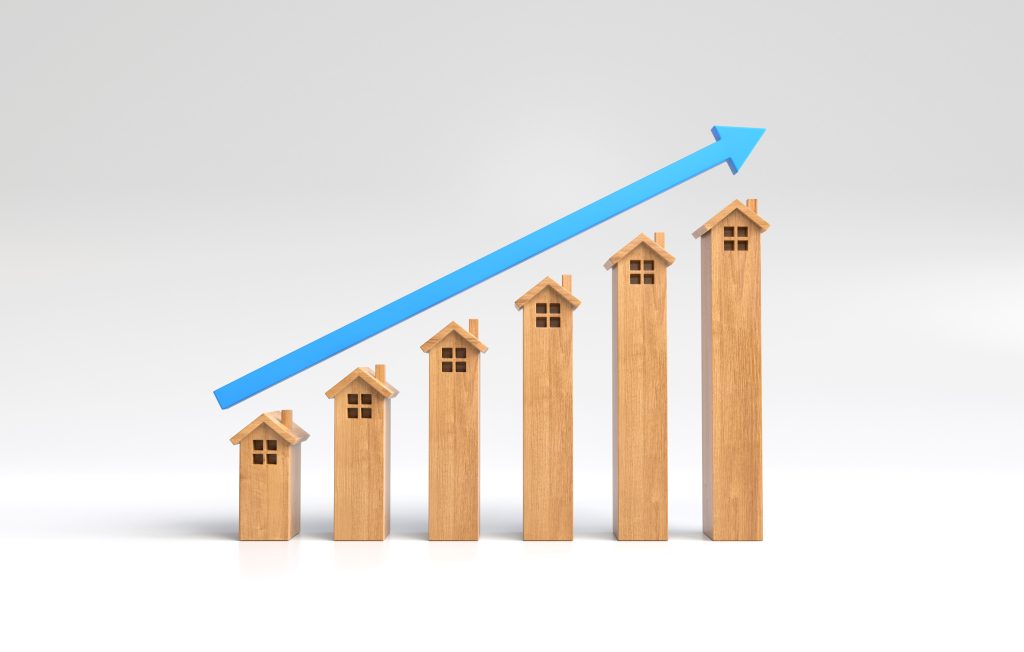Albert Dweck of Duke Properties on the optimism driving large-scale apartment development in a challenging market.
In a year when many developers are playing it safe, a handful of visionaries are still betting big on New York City’s housing future — and leading that charge are those who believe deeply in the city’s long-term strength, resilience, and need for growth.
Albert Dweck of Duke Properties stands among those who continue to invest boldly, guided by a simple principle: New York City will always be worth building for.
While the industry headlines often focus on challenges — from rising construction costs to zoning hurdles — the data tell another story. Of the 281 multifamily construction permits filed in the first half of 2025, 19 were for projects with more than 100 units. And that, according to Dweck, is a sign of strategic confidence, not risk-taking.
“Large-scale projects are not just about volume; they’re about vision,” says Albert Dweck. “In a city where housing demand continues to outpace supply, building big means building for the future.”
Scaling Up with Purpose
For Duke Properties, going big isn’t about size for the sake of scale — it’s about creating meaningful impact in communities that need housing, energy, and economic vitality.
While many developers have focused on smaller projects capped at 99 units to streamline approvals and manage financing, Dweck’s strategy has consistently leaned toward long-term community building.
“Each property should serve a purpose beyond profit,” he explains. “It should bring life to a neighborhood, create homes that are attainable, and contribute to the local ecosystem.”
This forward-thinking approach mirrors what’s happening across the small but growing group of developers still pursuing major multifamily projects across the city. They are redefining what’s possible — even in an environment shaped by high interest rates, changing rent laws, and cautious lending conditions.
Dweck emphasizes that New York’s housing market remains structurally undersupplied, and the only sustainable solution is scale.
“We can’t solve affordability or demand pressures one building at a time,” he says. “We have to think in neighborhoods, not parcels — in thousands of units, not dozens.”
The New Blueprint for Resilient Development
The most successful developers today aren’t just building taller or faster — they’re building smarter.
For Duke Properties, that means adaptive design, flexible financing, and strategic partnerships that allow large-scale projects to move forward efficiently and sustainably.
In an era where construction costs and regulations continue to rise, innovation has become the new cornerstone of real estate growth. Dweck’s model focuses on finding underutilized sites, repurposing existing structures, and leveraging design efficiencies that maintain quality without compromising affordability.
“We’ve entered a phase of intelligent development — where technology, sustainability, and creativity converge,” says Dweck. “That’s how you create projects that thrive across market cycles.”
This philosophy aligns with what the Real Estate Board of New York (REBNY) has reported: that large-scale projects today tend to be more thoughtful, better financed, and strategically located, particularly near transportation corridors and mixed-use districts that encourage live-work-play environments.
New York’s Next Chapter of Housing Growth
Even amid uncertainty, the appetite for housing across New York City remains undeniable. Population trends show continued migration toward urban centers, especially from younger generations seeking access to jobs, amenities, and cultural experiences.
That’s why Dweck sees large-scale multifamily development not as a risk — but as a necessary response to urban evolution.
“The city has always evolved through moments like this,” he says. “Periods of hesitation are often the best time to build. That’s when thoughtful developers can secure land, plan ahead, and create lasting value.”
Indeed, while the number of 100-plus-unit developments remains small, these projects account for a significant share of the total housing capacity coming online in 2025 and 2026. Each one contributes not just to the skyline, but to the city’s broader economic and social stability.
Dweck believes this resurgence of ambitious development will ultimately help balance the city’s housing ecosystem, offering more opportunities for renters, families, and working professionals who continue to call New York home.
Housing Wave: A Vision Grounded in Optimism
For Duke Properties, optimism isn’t blind — it’s strategic. The company continues to operate under a guiding belief that New York’s challenges are also its greatest opportunities.
“When the market slows, creativity rises,” says Dweck. “That’s when you see innovation in design, financing, and partnerships. The best developers adapt — they don’t retreat.”
From affordable housing partnerships to adaptive reuse conversions and new mixed-use developments, Duke Properties remains focused on creating projects that serve both economic and human needs.
And while others may wait for market certainty, Dweck sees this as a defining moment to shape the city’s next housing era.
